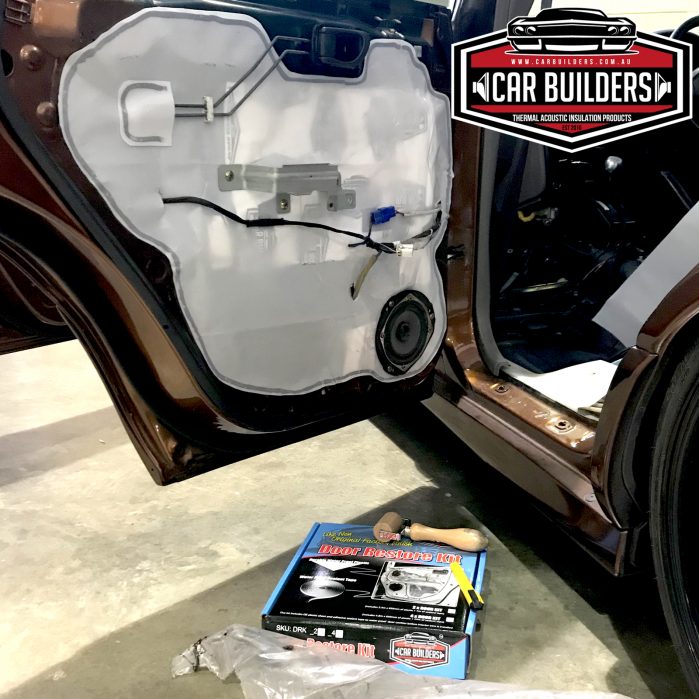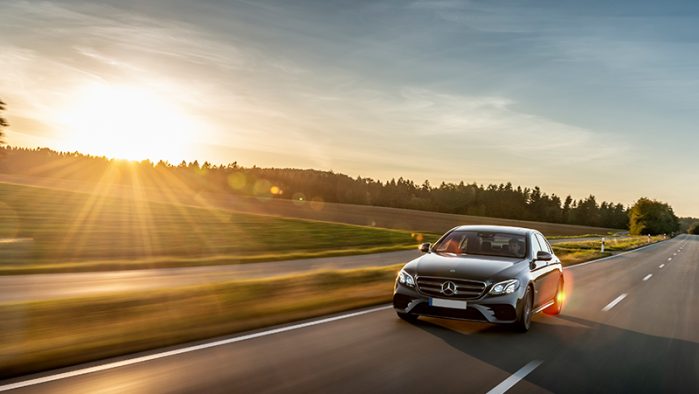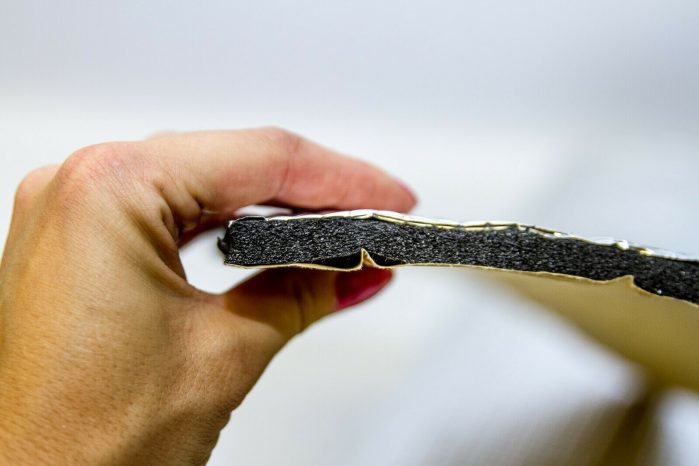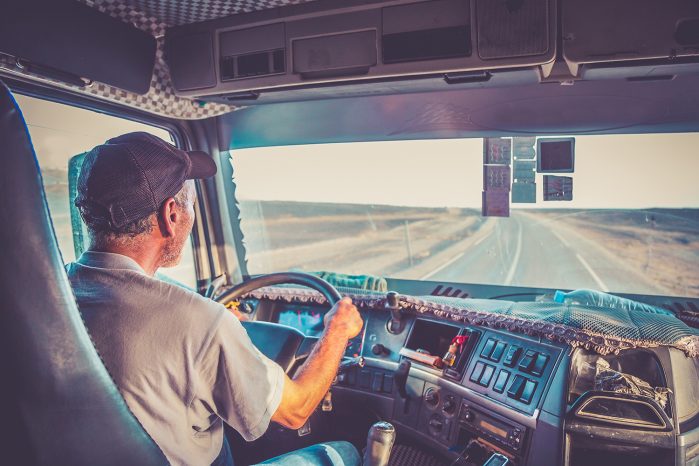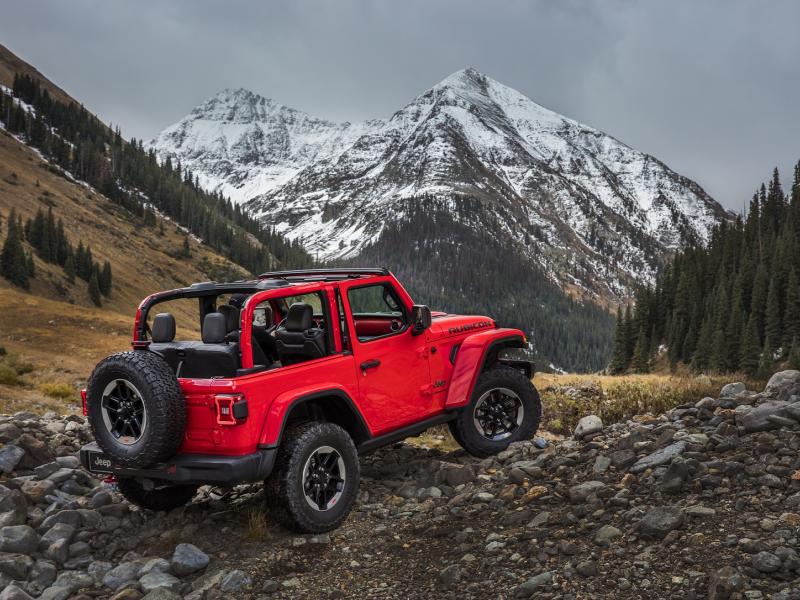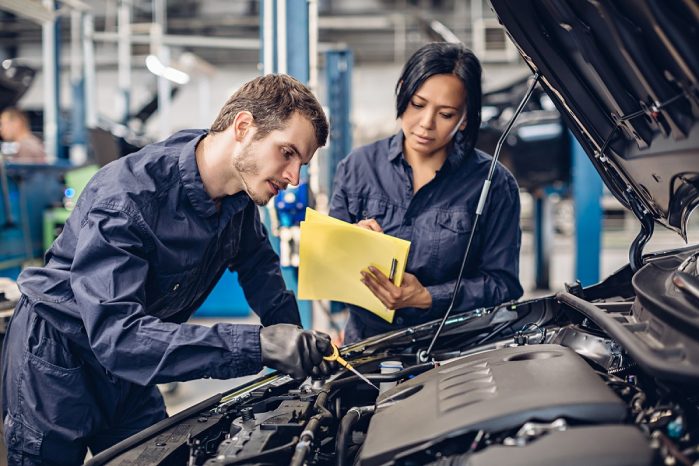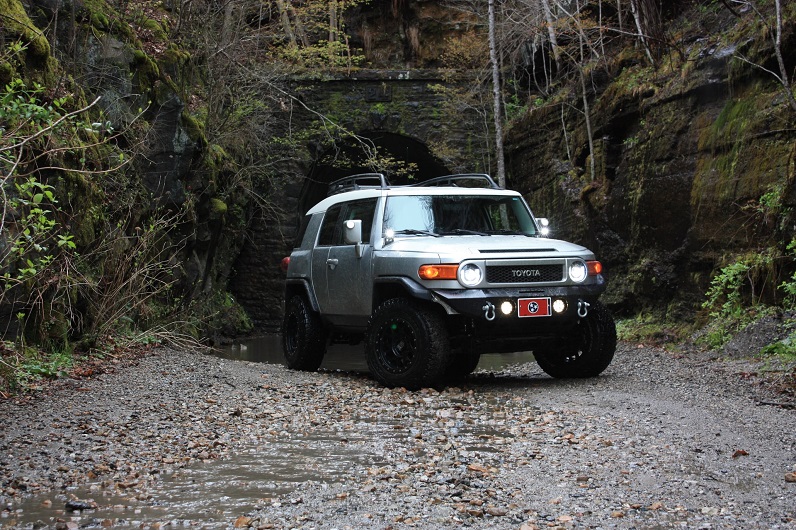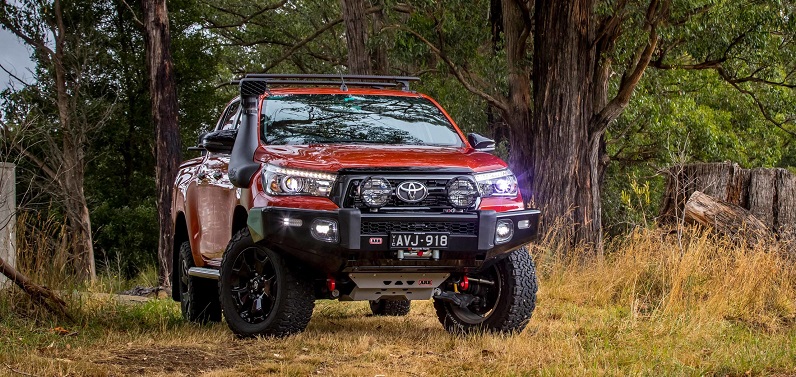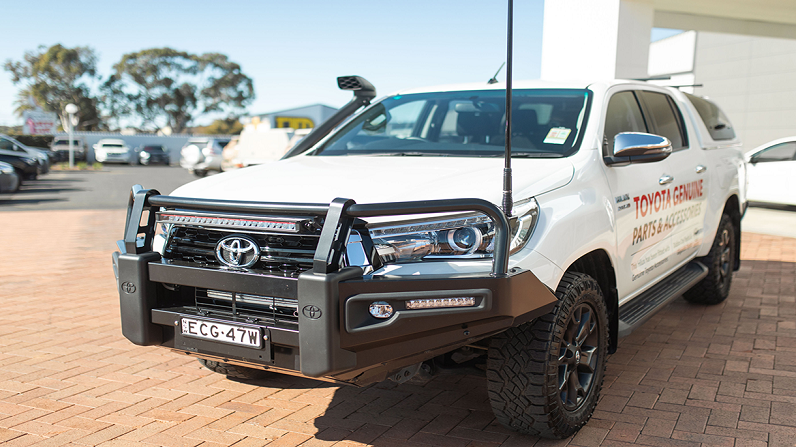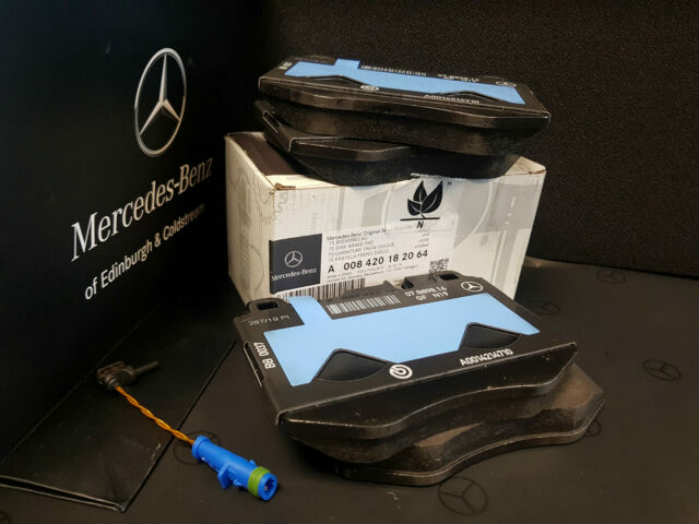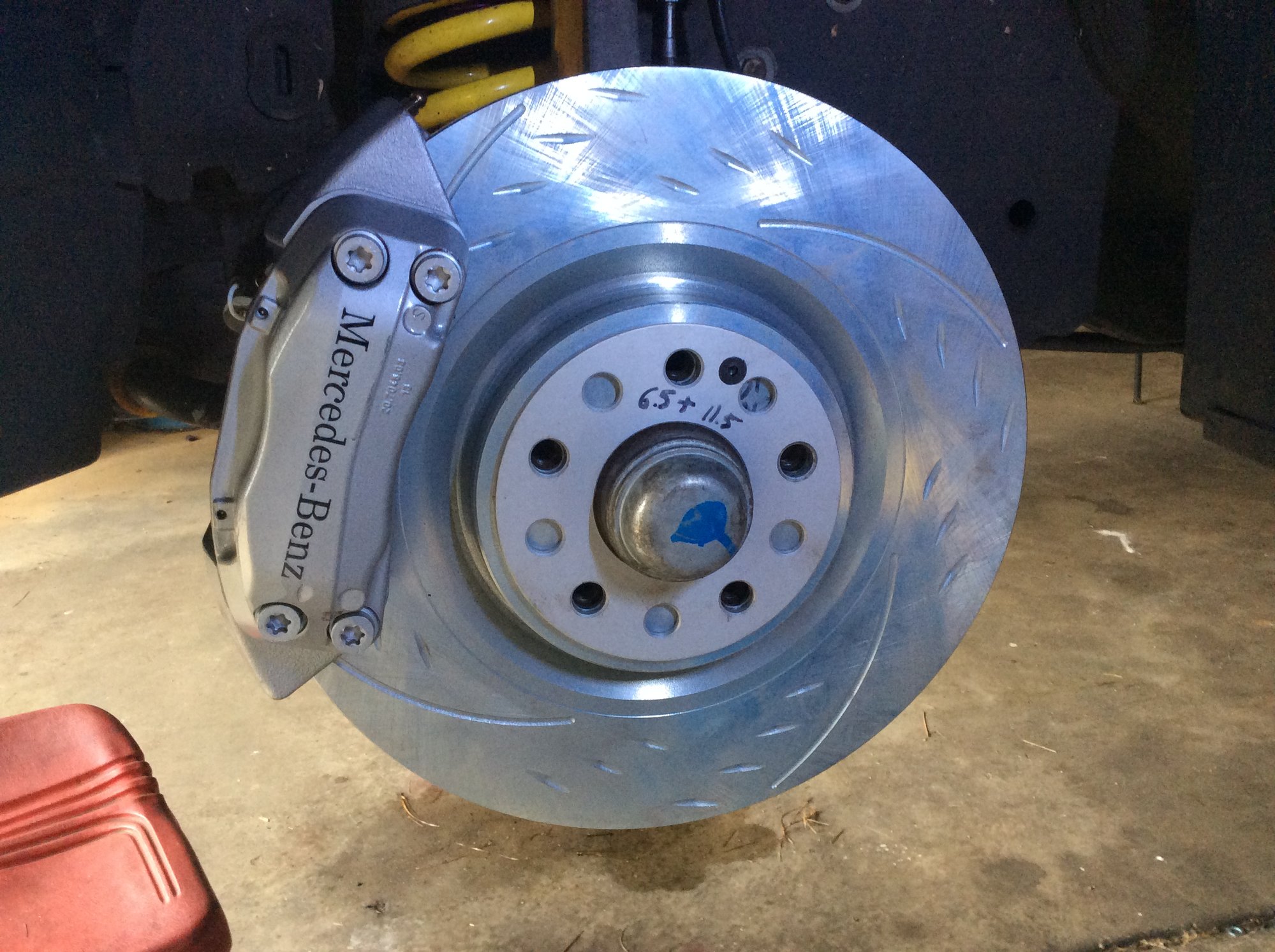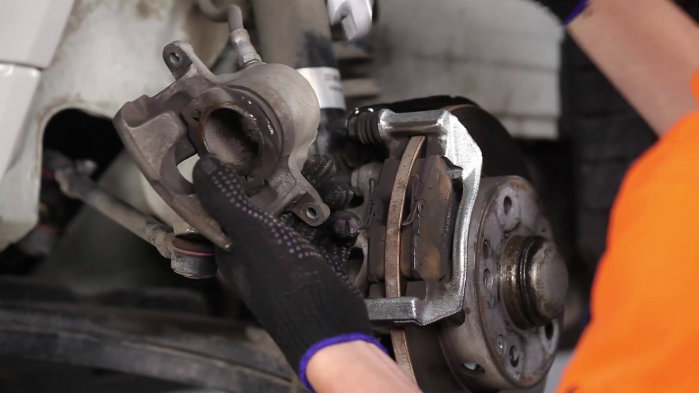Despite stagnating sales figures in new passenger cars, the number of caravans and campervans is on the rise. Recent findings show that over 700 thousand such registered vehicles roam the Australian vastness. If you’re one of the lucky owners, you’ll know that like all vehicles, caravans, motorhomes and campervans need regular maintenance and checks, especially before starting that long-planned endeavour of exploring our country. One area of particular importance is checking the caravan electrics, to ensure that everything is in working order and that you’ll be able to safely use all appliances and devices you take with you.
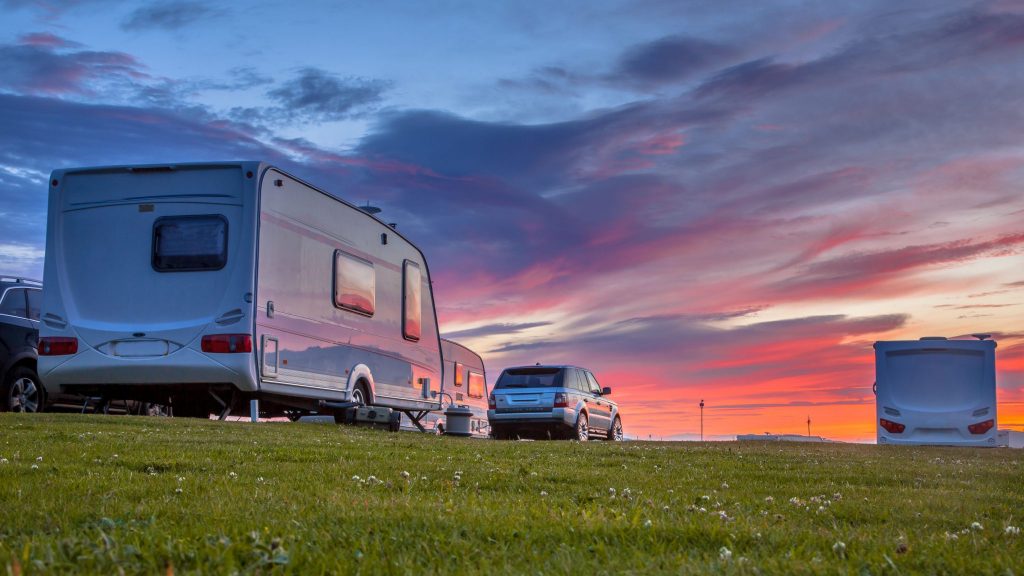
Caravan Electrics – The Basics
Caravans outnumber campervans by ten to one. One reason is the lower cost, and that most are bought as second-hand options. Checking for any signs of wear, like frayed cables or battery leakage, might mean you need to do some upfront maintenance, but safety is your priority here. Also, you don’t want to be stuck hundreds of kilometres from the next town without properly installed and wired caravan electrics.
Campervans tend to have all the electrics pre-installed, either in hidden recesses along the walls or in the roofline. Most will also have space for bigger appliances like fridges and microwaves that use higher voltage 240V AC current. Newer models are integrated units, meaning all electrics are taken care of. You just need to start the engine for your next adventure.
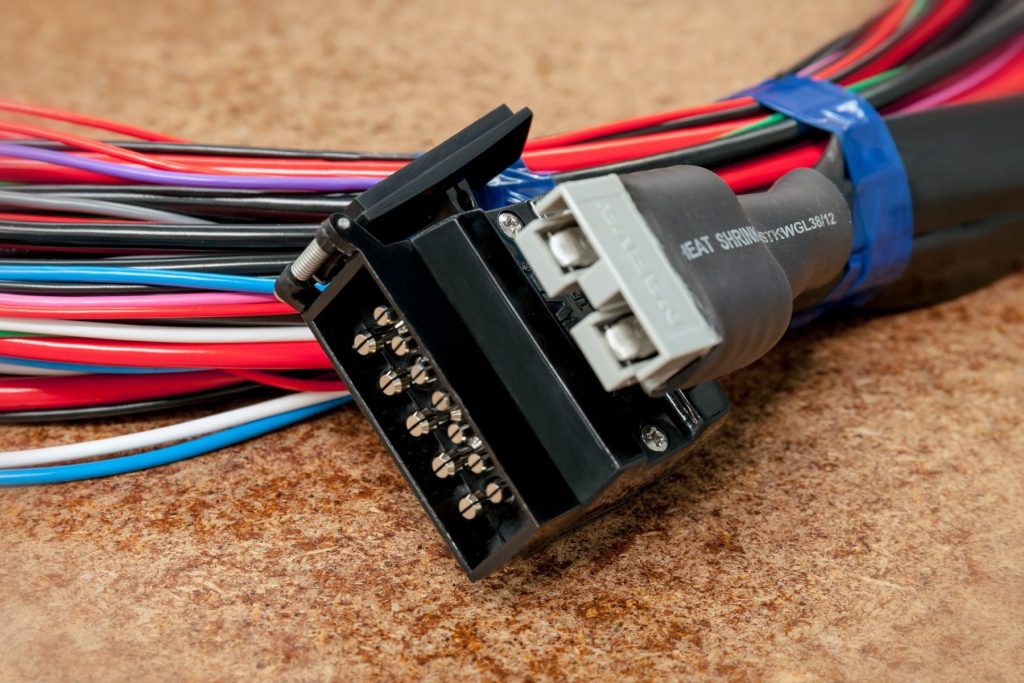
The basic distinction here is between 12 DC currents being fed by batteries and 240 AC currents that are usually the norm in newer, but typically more expensive campervans or motorhomes. What do the two different types of power delivery mean for you and the appliances you can use?
240 Volt systems
240 Volts systems use mains power, like the type you get in your home. This means that appliances that use a lot of power in cooling, heating and cooking can work properly. Aircons, stoves and fridges are found in many newer recreational vehicles but need heaps of AC power to work. If you’ve set up in a camp park, then this should not be a problem. Most throughout Australia will have mains connections that you can hook up to your vehicle or trailer. To get power to your caravan or campervan in a campsite, use the hook up cable. Make sure the isolating switches or breakers are turned off before plugging in. Connect to the correct socket type with the amperage of your hook up cable. When that’s taken care of, turn on the outlet isolators and you’re done.
If you have a combined AC and DC electrical system, then a mains charger with a connected Anderson plug is used to replenish power in used batteries.
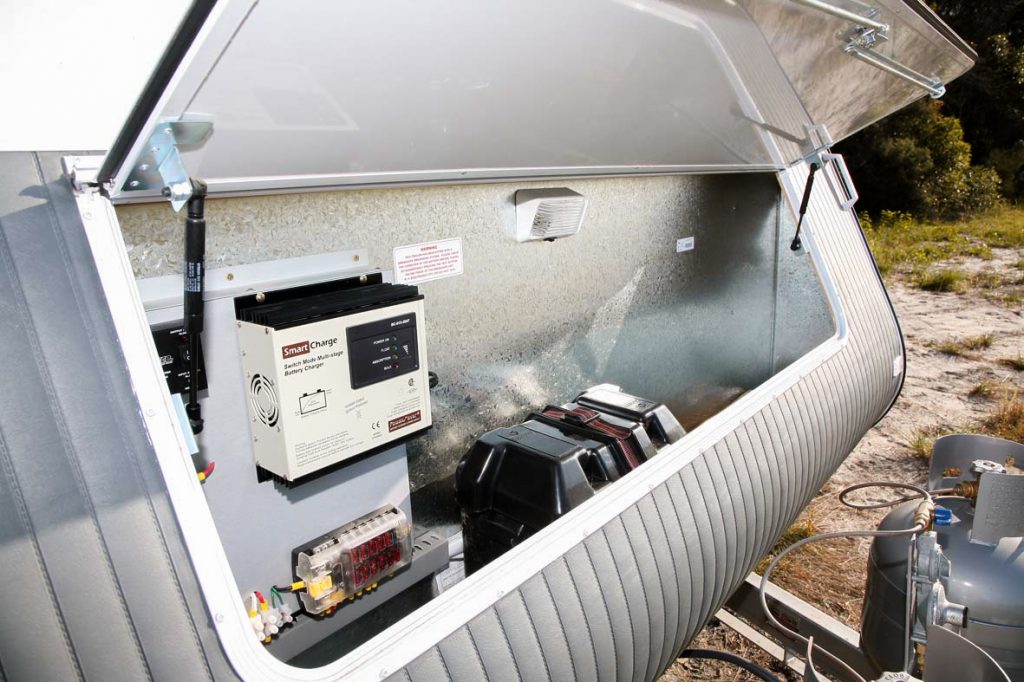
12/24 Volt Systems
Battery or 12 Volt systems are the ones used for most camping purposes. This will include a separate deep cycle battery in the caravan or campervan to feed the 12V DC current to smaller appliances and equipment. This includes all types of lights that you use both inside and outside. LED awning and sidelights to light areas besides your caravan when the sun sets, or smaller reading lamps inside. Taillights in different combinations, like pairs or led strips with separate amber and yellow lights can be fitted to new vehicles or retrofitted into older ones. Compatible switches are easily wired and connected. Lights use low wattage, so shouldn’t drain much battery power.
To use other devices, like small portable fridges, radios, TVs, signal boosters, portable fans, power banks and more you’ll need suitable USB inputs that connect by way of Anderson plugs directly to the battery or in the battery box inputs. Outlets with the right amperage are used in 240V systems for the bigger stuff.
Powering Batteries
Most campervans and caravans are moving toward solar power, as a backup solution in battery charging. Different types of panels are sold. From traditional rooftop panels to smaller and thinner flexible panels. If you’re fitting new panels to your vehicle, consider how much power you need and if you intend to use more power-hungry appliances at once. Solar professionals will help you install the right type of solar setup, with leverage for future upgrades.
Besides using mains chargers or panels, a good idea would be to get a trickle charger, to charge batteries overnight. Or, you can use a DC-DC charger to charge the caravan battery using your car’s starter motor. Get a battery monitor to show how much juice you have left, and whether you’re charging the batteries properly.
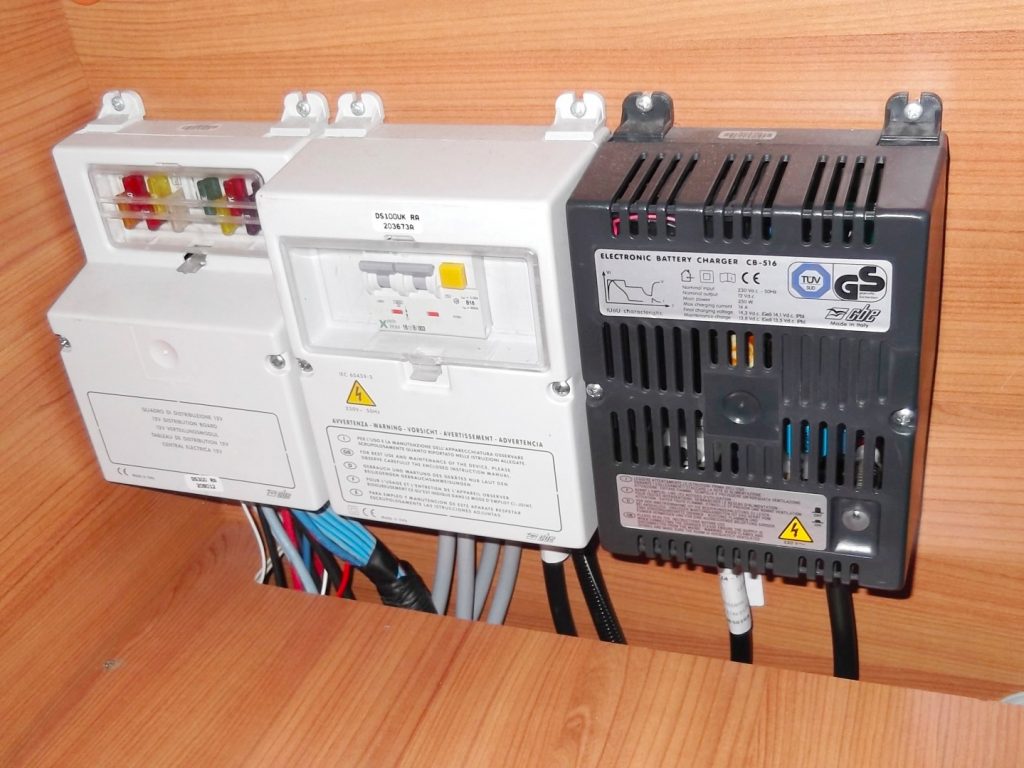
In all cases, safety is your top concern, especially with kids, or when the weather turns bad. Everything in caravan electrics needs to be properly connected and insulated. Surge protectors, fuses and breaker boxes will keep the risks of shocks or electrical fires at bay. And any expensive gear will be protected. You’ll also avoid the embarrassment of causing power outages at the campsite.
Buying and Installing Caravan Electrics
You can find basic caravan and campervan electrical wiring and equipment, different chargers, batteries and battery boxes in most camping stores tailoring to 4WDs and larger vehicles. This is where to look for lighting and general cooking gear. For panels, your best bet is having a pro fit with panels from dedicated camping solar stores. As for camping devices and gadgets, online stores sell heaps of stuff.

